Professional industry ceramic supplier, silicon nitride, silicon carbide, aluminum nitride and any other kinds of ceramics.
PRODUCT PARAMETERS
Description
Overview of High Hardness Boron Carbide B4c Ceramic Strips Plates
High Hardness Boron Carbide B4c Ceramic Strips Plates is an ultra-hard advanced ceramic, ranking as the third hardest material known after diamond and cubic boron nitride. Often referred to as “black diamond,” it is the premier choice for extreme applications requiring maximum hardness and lightweight properties, particularly in the field of ballistic armor and abrasive environments.
Features of High Hardness Boron Carbide B4c Ceramic Strips Plates
-
Exceptional Hardness: Possesses a hardness level near that of diamond, making it ideal for abrasive and wear-resistant applications.
-
Extremely Lightweight: With a low density, it offers an outstanding strength-to-weight ratio, crucial for personal and aviation armor.
-
Outstanding Ballistic Performance: The premier material for high-performance body and vehicle armor plates, capable of defeating high-velocity threats.
-
High Neutron Absorption: An excellent neutron capture cross-section makes it a key material for nuclear reactor control rods and shielding.
-
Excellent Chemical Resistance: Highly inert and resistant to acids and alkalis, ensuring performance in corrosive environments.
-
High-Temperature Stability: Maintains its properties and structure at elevated temperatures.
Specification of High Hardness Boron Carbide B4c Ceramic Strips Plates
Boron carbide ceramic strips and plates provide superior performance. This product is unbelievably hard. It places simply below ruby and cubic boron nitride. That hardness makes it very resistant to put on. Components last a lot longer in unpleasant problems. Boron carbide additionally stands up to chemical assault well. It manages many acids and antacids. This chemical stability is vital in difficult environments.
The product is quite light for its toughness. Its density is usually around 2.52 grams per cubic centimeter. Boron carbide works well at heats. It can withstand temperatures approximately 1000 levels Celsius. Its thermal conductivity is good. This assists manage warm efficiently. The product additionally stands up to thermal shock fairly.
These ceramic strips and plates been available in different sizes. Common densities range from 1 millimeter to 20 millimeters. Sizes and sizes are adjustable. Basic plates might be 100mm x 100mm or bigger. Longer strips are also available. Surface surfaces can be customized. Options consist of as-fired, ground, or brightened.
High pureness is vital for top efficiency. Conventional qualities use B4C powder over 95% pure. Premium qualities utilize powder surpassing 97% purity. This makes certain regular residential properties. Limited control over the manufacturing process assurances high quality. The final product fulfills requiring specifications.
This mix of residential properties solves lots of commercial troubles. Boron carbide plates are suitable for severe wear parts. They are used in sandblasting nozzles and pump seals effectively. They safeguard essential surface areas from abrasion. The material is additionally selected for armor applications. Its firmness stops high-velocity projectiles dependably. Designers choose it for nuclear applications. Its neutron absorption capacity is very helpful. The electronics market uses it for wafer handling. Its hardness stops bit generation. Boron carbide supplies trustworthy performance where various other materials stop working.
Applications of High Hardness Boron Carbide B4c Ceramic Strips Plates
Boron carbide ceramic plates provide severe solidity. This material is very light too. These residential or commercial properties make it important in laborious. Industries make use of boron carbide strips and plates in several key areas.
Sandblasting nozzles benefit greatly. Boron carbide nozzles endure abrasive fragments much longer than steel ones. This decreases replacement frequency. Operators conserve money and time.
Ballistic armor is one more significant use. Boron carbide plates are used in body armor and car security. They soak up and separate bullets successfully. Their light weight is essential for wearable security. Soldiers and safety workers rely upon this product.
High-wear components see superb outcomes. Boron carbide elements resist erosion in extreme settings. Examples consist of pump seals, birthing surface areas, and cutting devices. They keep performance longer than softer materials. Mining and industrial handling equipment commonly utilizes these ceramic parts.
Nuclear applications utilize boron carbide as well. It absorbs neutrons effectively. Control rods and protecting components in reactors regularly include boron carbide. This helps take care of nuclear reactions securely.
Chemical plants find boron carbide valuable. It withstands assault from many strong acids and antacids. Linings and wear parts in harsh setups benefit from this chemical stability. Tools lasts longer with much less upkeep.
Company Profile
Tanki New Materials Co.Ltd. focus on the research and development, production and sales of ceramic products, serving the electronics, ceramics, chemical and other industries. Since its establishment in 2015, the company has been committed to providing customers with the best products and services, and has become a leader in the industry through continuous technological innovation and strict quality management.
Our products includes but not limited to Aerogel, Aluminum Nitride, Aluminum Oxide, Boron Carbide, Boron Nitride, Ceramic Crucible, Ceramic Fiber, Quartz Product, Refractory Material, Silicon Carbide, Silicon Nitride, ect. please feel free to contact us.
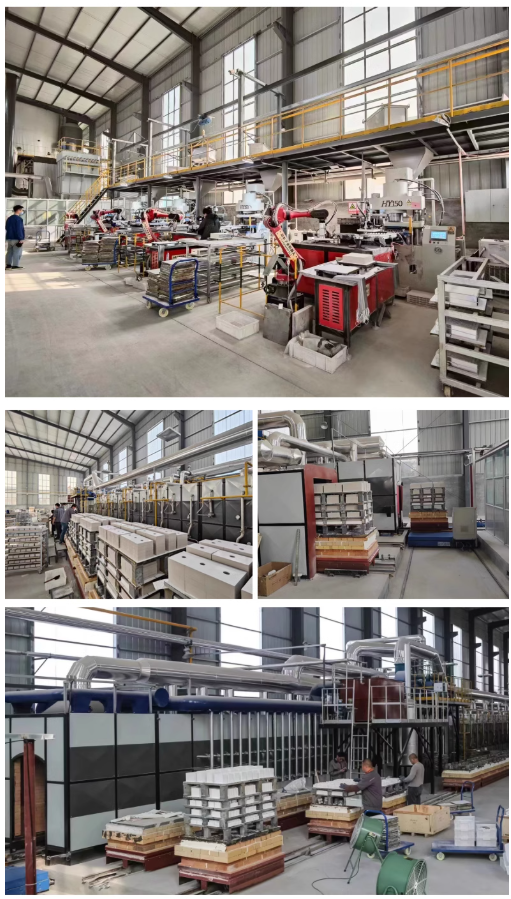
Payment Methods
T/T, Western Union, Paypal, Credit Card etc.
Shipment Methods
By air, by sea, by express, as customers request.
5 FAQs of High Hardness Boron Carbide B4c Ceramic Strips Plates
What is boron carbide?
Boron carbide is a man-made ceramic material. It is one of the hardest substances known. People call it B4C. This hardness makes it very tough. It resists wear and scratches exceptionally well.
Why is boron carbide so hard?
Its structure is the key. Boron and carbon atoms bond tightly together. This creates a rigid crystal lattice. Few materials can scratch or cut it effectively. This inherent hardness is its main feature.
Where is B4C ceramic used most?
Its extreme hardness finds critical jobs. It protects against bullets and fragments in body armor. It lines sandblasting equipment, resisting abrasive wear. It shields parts in machinery handling harsh powders. It stops wear in pump seals and nozzles.
How hot can B4C plates handle?
Boron carbide works well under high heat. It keeps its strength up to about 600 degrees Celsius. Beyond this temperature, oxidation becomes a problem. Air slowly degrades its surface. This limits its use in very hot, oxidizing atmospheres.
How does B4C compare to other ceramics?
Boron carbide beats alumina and silicon carbide in pure hardness. It is lighter than steel armor. Its brittleness is a downside. It can crack under heavy impact unlike some metals. Its cost is higher than many common ceramics. Its unique hardness justifies this cost for specific, demanding tasks.
REQUEST A QUOTE
RELATED PRODUCTS
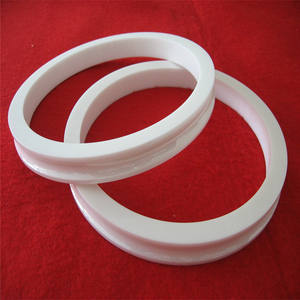
China Factory Boron Carbide Sand Blasting Nozzle Set B4c Ceramic Nozzle for Sandblasting
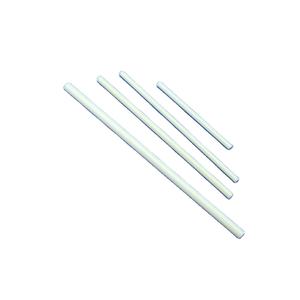
High Mechanical Strength Boron Carbide Ceramic B4c Round Sheet
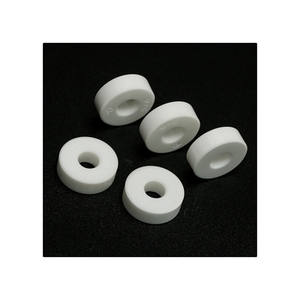
Customized 6-10mm Thickness Boron Carbide Ceramic Plates B4c Plate
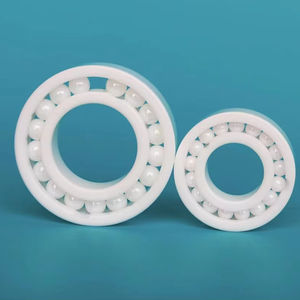
Boron Carbide Ceramic Plate B4c Block Superb Quality
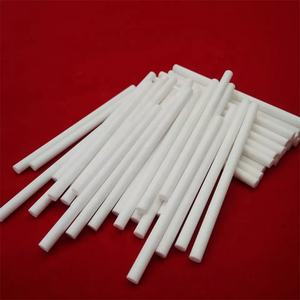
Tested Ballistic B4c Plate Boron Carbide Ceramic


